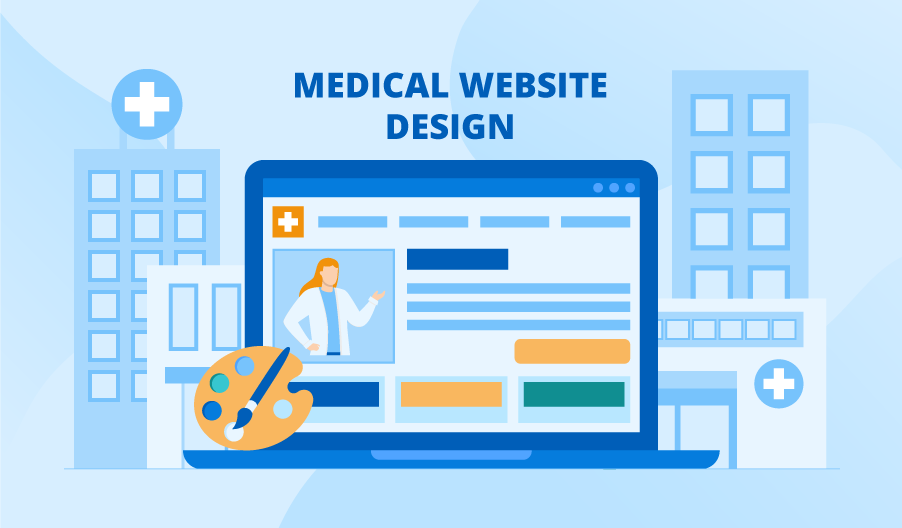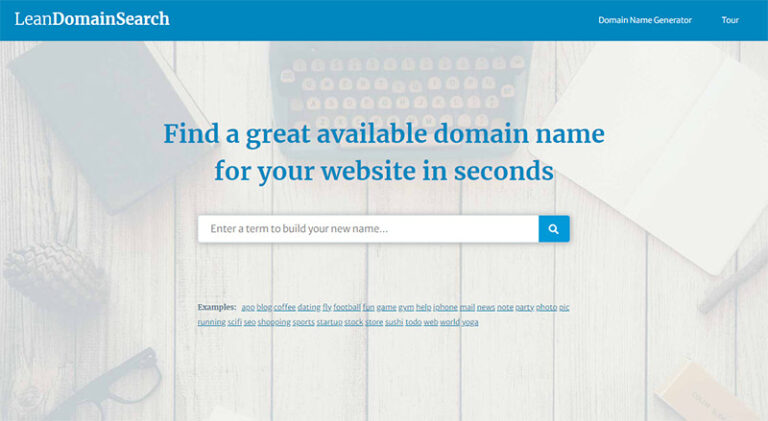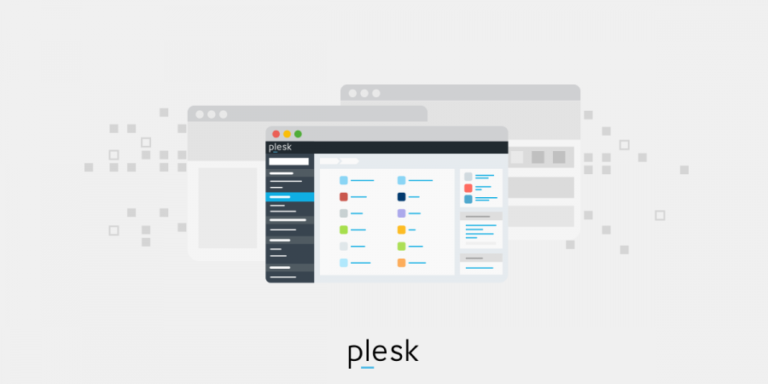Editor’s note: Website design is one of the key points in successful customer transition for medical facilities that try to attract their audience online. Learn the best practices of healthcare medical design illustrated with examples and get them implemented by ScienceSoft’s ecommerce website designers.
COVID-19 pandemic has impacted the healthcare industry around the globe. Besides creating an enormous amount of work for medical professionals, it has accelerated the digital transformation of the industry. A few years ago, many organizations were slow to fully appreciate the opportunities that online presence offers. Now, they face patients’ need to access as many services as possible online. Expectedly, the purpose of healthcare websites is no longer questioned, and a website becomes a must for health service providers to stay competitive.

Why is healthcare website design important?
The question is clearly rhetorical if you are no stranger to ecommerce and have ever purchased goods or services online. As a consumer, you feel almost immediately if the website inspires trust and engages you to interact and buy. It’s no different in healthcare – the way you design a website determines if visitors want to deal and spend money with your business.
But while the importance of healthcare website design is beyond doubt, the question remains as to what design rules and tricks allow achieving a converting web experience.
Best practices of healthcare website design illustrated
Healthcare is multi-faceted, and it’s difficult to cover the best practices for healthcare website design as a whole. Having considerable experience in medical website design and development, my colleagues at ScienceSoft share a common opinion that the best practices vary for different businesses (we have a detailed overview of 4 major healthcare ecommerce types to clarify the domain). Therefore, I choose examples and highlight important design elements from healthcare websites selling different product and service types.
Orlando Health – The most important information is above the fold
Visiting this non-profit health organization online, patients can instantly access the most important information via prominent CTAs – ER wait times, an online appointment request form, and a telehealth option. The website is rather content-heavy – it provides patients with the opportunity to do almost anything online, from obtaining their medical records to scheduling live or virtual appointments. Therefore, the navigation is critical to help visitors find a necessary physician or request a doctor’s appointment quickly. Here, web designers do a good job arranging an upper menu and a sidebar not to pile up the information.

Source: Orlando Health
Walgreens – Well-planned homepage navigation
The e-pharmacy sells prescription medicine and a whole range of health-related goods such as personal care and wellness products, over-the-counter pharmaceuticals, vitamins, and more. The menu bar at the top guides visitors to the main sections, and there are quick links on the homepage. The company runs many promotions at a time, and all are also conveniently arranged on the homepage, which helps minimize the bounce rate. Moreover, designers implement an analog to guest ecommerce checkout and give customers a possibility to refill their prescriptions without registering an account, just by submitting an Rx number.

Source: Walgreens
Knoxville Pediatric Associates – A stress-relieving technique
Parents know how their children’s visits to a doctor may lead to unwanted stress for all the parties. Knoxville Pediatric Associates have decided to address parents’ worries and build trust by introducing their practitioners. An education summary, a photo, and warm, playful details like favorite color and a favorite cartoon character let clients know the pediatricians better and make the first appointment less stressful.

Source: Knoxville Pediatric Associates
NewYork-Presbyterian – Focus on useful educational content
The organization positions themselves as one of the nation’s leaders in medical education and patient-centered clinical care. Thus, their online space is designed with vast content management capabilities in mind. There is a comprehensive library of text and video materials covering health-related topics.

Source: NewYork-Presbyterian
MedixSource – Clean design with easy navigation
Medical supply e-stores are the closest to conventional ecommerce websites, so all commonly used ecommerce design practices apply to them. MedixSource has a website with a clean yet appealing design and the content that lets customers make informed buying decisions and enjoy smooth digital journeys. The website UI is not overwhelmed with visuals, it has a straightforward navigation menu and informative product pages.

Source: MedixSource
Expand your medical business presence to online
Good healthcare website design should adopt all the general web design rules such as fine visuals, navigable layout optimized for smartphones, noticeable and properly placed calls-to-action, personalized content, etc. An e-medical website, however, bears certain specifics that vary depending on the healthcare niche of the company. If you don’t know how to adjust your website design to your goals and target audience, we’ll gladly use our team’s experience to help, just don’t hesitate to contact us!

Are you planning to expand your business online? We will translate your ideas into intelligent and powerful ecommerce solutions.





